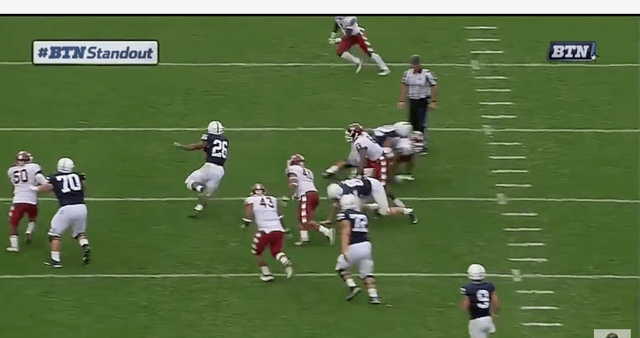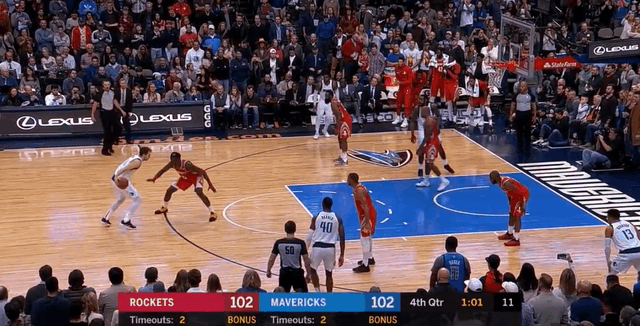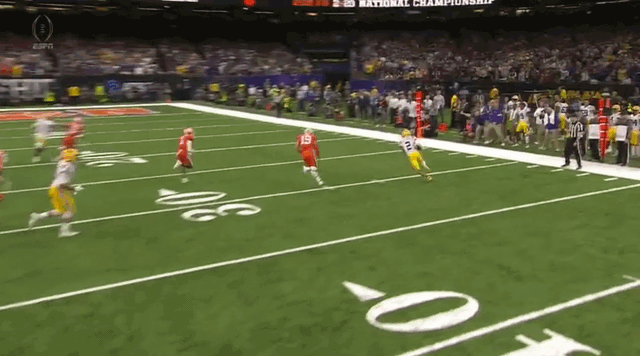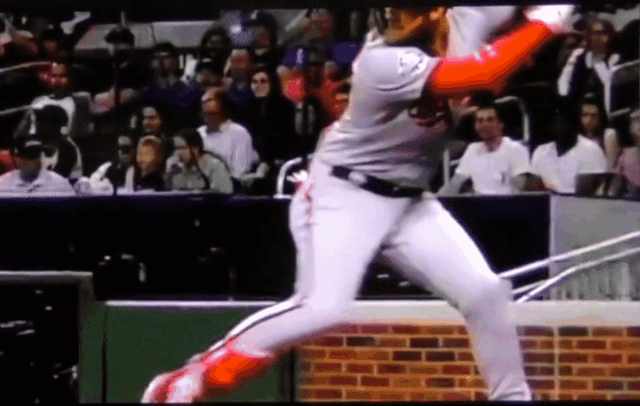I was in a discussion with Eugene and I asked him what he thinks separates elite athletes from everyone else. His response: The brakes. The best athletes in the world are able to stop better than anyone else. NFL running backs and NBA point guards need an elite set of brakes to make quick cuts, change direction, and create space. Baseball players need these same brakes to produce and accept force quickly and efficiently. If there is a time constraint involved, there needs to be a set of brakes to operate in that window of time. The only thing that changes is the task.



If we break down a hitter or pitcher, the first thing that must stop is the pelvis. Since movement is initiated from the midsection of our body, stopping movement must also start there. When the pelvis stops, the torso is able to takeover and pick up speed so it can eventually accelerate the arms and then the bat or ball. An easy way to think about this is to think about cracking a whip. For you to make the whip crack, you need to bring your arm to an abrupt stop so the energy can be transferred into the whip. If you drag your arm through and never bring it to a stop, you won’t be able to snap the whip through.
If you’re trying to see if a hitter slows down his pelvis, watch what happens after contact. In a good decel, the pelvis should actually counterrotate towards the catcher to provide a stable base for energy transfer up the chain. If we go back to cracking the whip, your hand is going to reflexively move up after you move it down to crack the whip. This countermove helps you accelerate the whip and gives it direction to travel through space. Your pelvis does the same exact thing to accelerate the torso and give your barrel direction through space.

When you can teach your body how to throw on the brakes quickly and efficiently, it’ll look something like this: Effortless pop. The best do it better than anyone else.
The Brain Maps Backwards
When executing a specific skill or task, it is advantageous to focus on the end because of our brain’s ability to map backwards. If your brain can see what it looks like at the end of the movement, it can learn how to piece together everything that happens before it. It’s much easier to build a Lego house when you have a picture of what it should look like in front of you.
In a baseball context, Eugene likes to back chain the delivery by getting kids to recoil or “pimp the finish.” The arm recoil is a muscle spindle reflex (see conversation with C.J. Gillam for more on this) where posterior musculature in the shoulder contracts to protect itself after being fully lengthened into ball release. This move helps decelerate the arm safely by absorbing and dissipating a large amount of tension at the end of the throw. You cannot create this kind of tension unless the pelvis stays closed and the hips and torso throw on the brakes. In essence, focusing on recoiling and decelerating the throwing arm can help the rest of the sequence throw on the brakes.
From the hitting side, something Eugene has had a lot of success with is trying to get hitters to emulate this move from Mike Trout:
OH MY TROUT
The @Angels are in the lead! pic.twitter.com/sfrOfpaL3Y
— FOX Sports West (@FoxSportsWest) July 24, 2019
Notice how Mike Trout steps across with his front foot right after finishing his swing. This is the move Eugene was fascinated with. For Trout to pull this move off, he needs to be able to work into the ground, keep his pelvis closed, stop his pelvis, stop his trunk, and rotate in a tight window. Knowing this, Eugene told some of his hitters to try stepping across just like Trout after contact – and he’s had a lot of success with it.
Understanding how to tap into key moments at the end of a sequence can unlock a multitude of moves before it. If you know what to look for, you can make your job as a coach so much easier.
Finding “It”
Discovering and consistently recreating a player’s most optimal movement solution is synonymous to drawing five perfect circles – we’re working to get as close as we possibly can without ever actually achieving it. While it’s important for athletes to extrapolate a wide range of movement solutions early on, they need to eventually hone in on one where they have the most success and can consistently recreate it through feel. We know no athlete has ever swung the bat the same exact way twice, but we also know that really good athletes work within a narrow bandwidth of movement solutions. Not everyone moves the same way, but everyone has an optimal way to move. Unlocking this move is what Eugene calls the process of discovering “it.”
Sue Enquist, former head softball coach at UCLA, told a story about what separated her All-Americans from the rest of the hitters on her team. She said how some hitters would swing better in drills and others would swing better in games than in drills. Her All-Americans swung the same way all the time. They got their best swing off regardless of the context or the situation. They didn’t use a wide range of different swings – they narrowed in on one that made sense for them. They got as close to their perfect circle as they possibly could.
As coaches, we’re trying to get athletes to draw five perfect circles as best as they possibly can – we’re helping them unlock “it.” We’re searching for that move where everything clicks and it unlocks the most power and the best results with the least amount of effort possible. We’re trying to find ways to replicate that move when conditions inevitably change around them. When they lose that move, we’re trying to find the quickest ways to get them back on track. Everyday is a research project where all roads traveled lead towards “it.” We may not ever achieve it in full totality, but we’re going to work to get as close to it as humanly possible.

